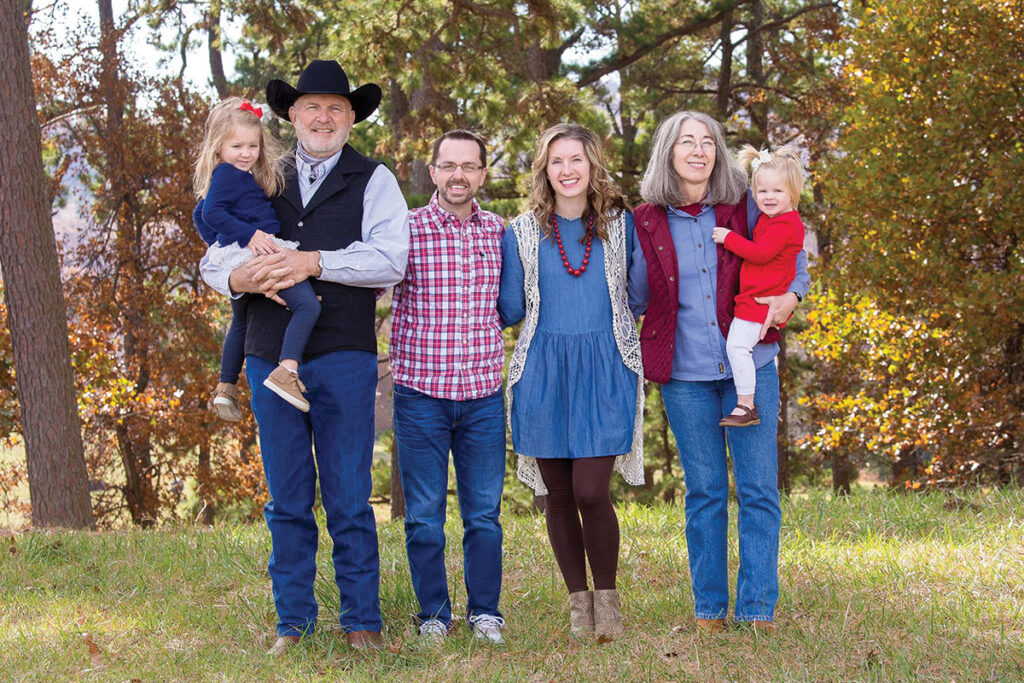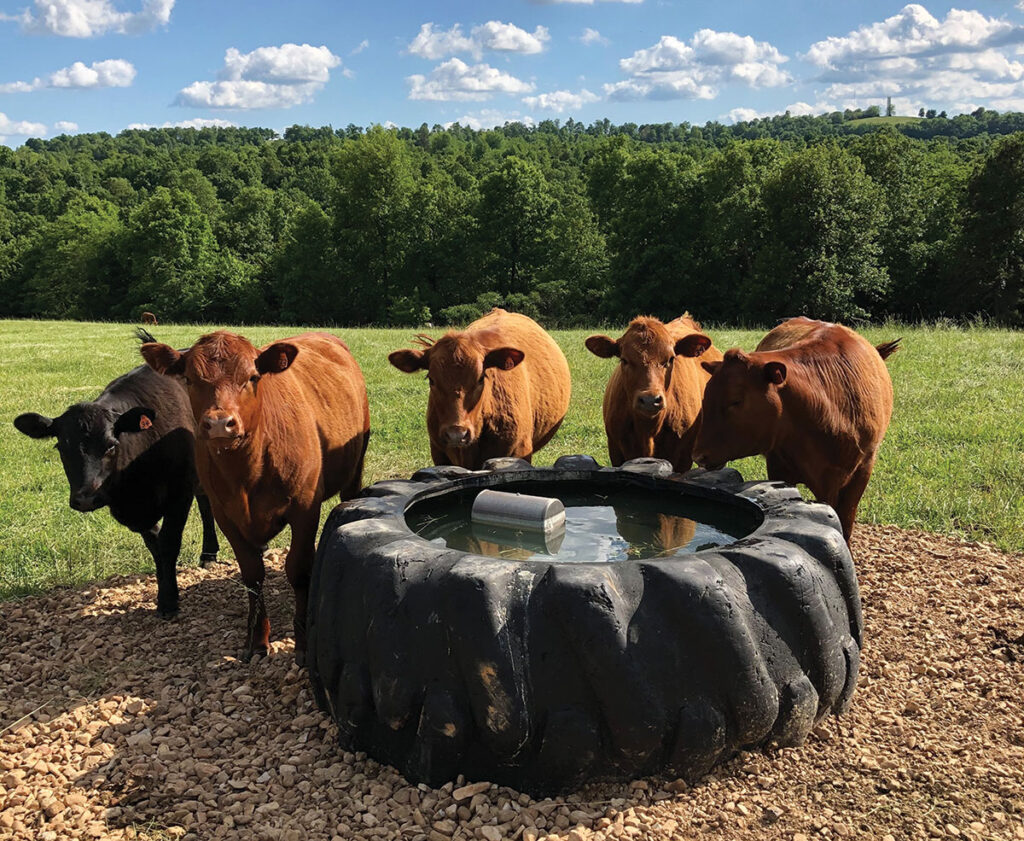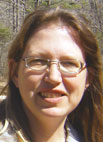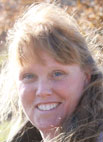
Producing quality beef is the goal of Meadowlark Farm
MARSHALL, ARK. – Joel Hagemann was born and raised in Northeast Colorado and in the cattle business.
In 1968, his family moved to an Arkansas farm and managed that operation with his father until 1990s.
“My dad passed away, and it got too much for me to handle by myself,” Joel recalled. “I got out of the business and did numerous other things for several years. What I found out is that I was suited for raising cattle.”
Joel and his wife Robbie took over her parents’ 180-acre Marshall, Ark., farm in 2009, which has been a part of Robbie’s family since the 1950s; they have been in the cattle business ever since.
Today, the operation consists of 50 to 60 head of primarily Angus-cross females bred by Red Angus bulls.
“Her parents had black Angus, and I was looking for something with a few more maternal characteristics and something that would do better in hot weather, and I noticed the Red Angus would be out grazing in the heat,” Joel said. “I also like their gentleness. We’ve been using Red Angus bulls for about 10 years now, and I really like that they are easy fleshing.”
That easy-fleshing ability led the Hagemann family and Meadowlark Farm to launch a freezer beef business about five years ago.
“We sell halves and wholes, and the Red Angus gives us about a 1,200-pound carcass,” Joel said. “They are doing it for us.”
On average, 20 calves are sold for beef each year. Calves offered as beef are all from the Meadowlark Farm herd and are about 18 to 20 months of age at processing.
“We don’t push our calves too hard,” Joel said. “They stay on the cow until they are about 10 months old, then we run them as yearlings.”
Calves remain on grass and in the pastures throughout their lifetime, receiving a blended finishing ration of chopped corn, corn gluten and an in-house blend from a local feed mill about 90 days before processing.
“We try to raise natural beef from the Natural State,” Joel said. “We don’t give growth hormones, and they are grass-raised and grain-finished. I just think the quality and the taste are better from grain-fed beef. With grass-fed, it takes to long to finish cattle, and our grass isn’t suitable for the grass-finished.”
Joel selects each calf that goes into the beef program, and the family offers beef year-round, thanks to spring and fall calving.
“I’m able to pick and choose, keeping some of the smaller calves back for later each time we wean,” he explained. “We aren’t big enough to go buy source-verified calves, so what we sell is what we produce, and we can follow them from birth to harvest. It would be more efficient to have one calving season to spread calves out, but I don’t want to leave the bull out year-round.”

Business has been good for the Hagemanns, and a push during the COVID pandemic has created a demand for locally produced beef.
“We kind of got covered up,” he said. “We had to turn down a few people because we take great pride in what we do. I’m not going to sell an animal just to be selling it; if it’s not ready for processing or too young, to me, it’s kind of inhumane for the animal because they haven’t served their purpose.”
Calves not used for the freezer beef operation are sold at an area sale barn through the Arkansas Green Tag program.
While their beef is grain-finished, Meadowlark Farm is very much a pasture-based farm.
“I do a lot of intensive, rotational grazing; if I wasn’t doing it, I wouldn’t be farming at all,” Joel said. “The farm was pretty well worn out when we got here, and I didn’t know anything about rotational grazing. I went to a meeting with Greg Judy (a Missouri cattle producer and lecturer known for his work in establishing and maintaining efficient grazing systems), and he’s the one who got me turned on to it. Intensive rotational grazing has improved the soil and grass quality and the number of cattle that can be ran. The cattle are also easy to handle through this system. When we moved here, I told Robbie I wanted it where one healthy person or two old people could do it all themselves.”
The system includes 25, 2- to 5-acrepermanent paddocks, and a few paddocks with up to 15 ares, depending on shade and water availability, which can be subdivided with polywire. To bring the soil up to par, the Hagemans take many soil samples and closely follow the recommendations. The introduction of legumes, cover crops, winter and summer annuals like pearl millet, and rye and ryegrass in the fall have helped Joel reclaim his pastures.
“Arkansas has the 300 Days of Grazing Program, and I have come close to 300 days a couple of years,” Joel said of his pastures. “I would like to keep improving my pastures and get rid of the sedge grass. I’d also like to run a few more cows but not get more land. I could have run a few more this year, but I would rather be understocked than overstocked.”
No hay is harvested at Meadowlark Farm. Joel explained that buying hay is more economical than owning equipment only a few weeks out of the year.
“For us, it costs too much to have it,” Joel said. “When I had my other farm, I did a lot of custom baling; I just love baling hay. When I got out of farming, I was talking to an equipment dealer in the mid-1990s and found out how much a new baler costs, and I decided I would never have another baler.”
Coming back to farming and the cattle business was easy for Joel because he enjoys it.
“It doesn’t matter if you’re making money or not; you better enjoy it,” he said. “The object is to make money, and we’ve done OK, but if you don’t enjoy it, you can’t do it.”







